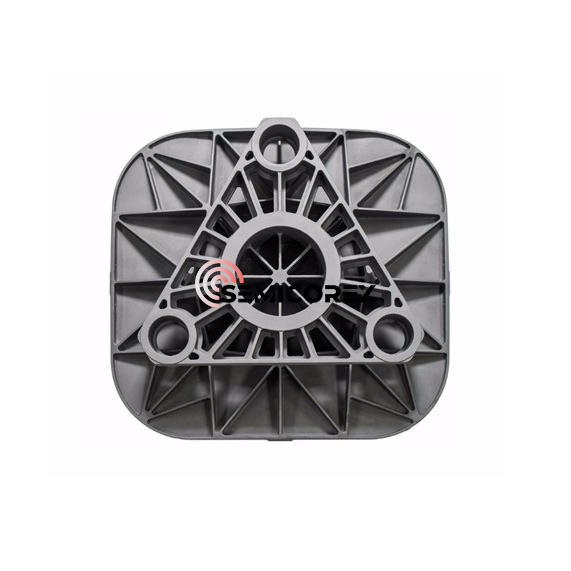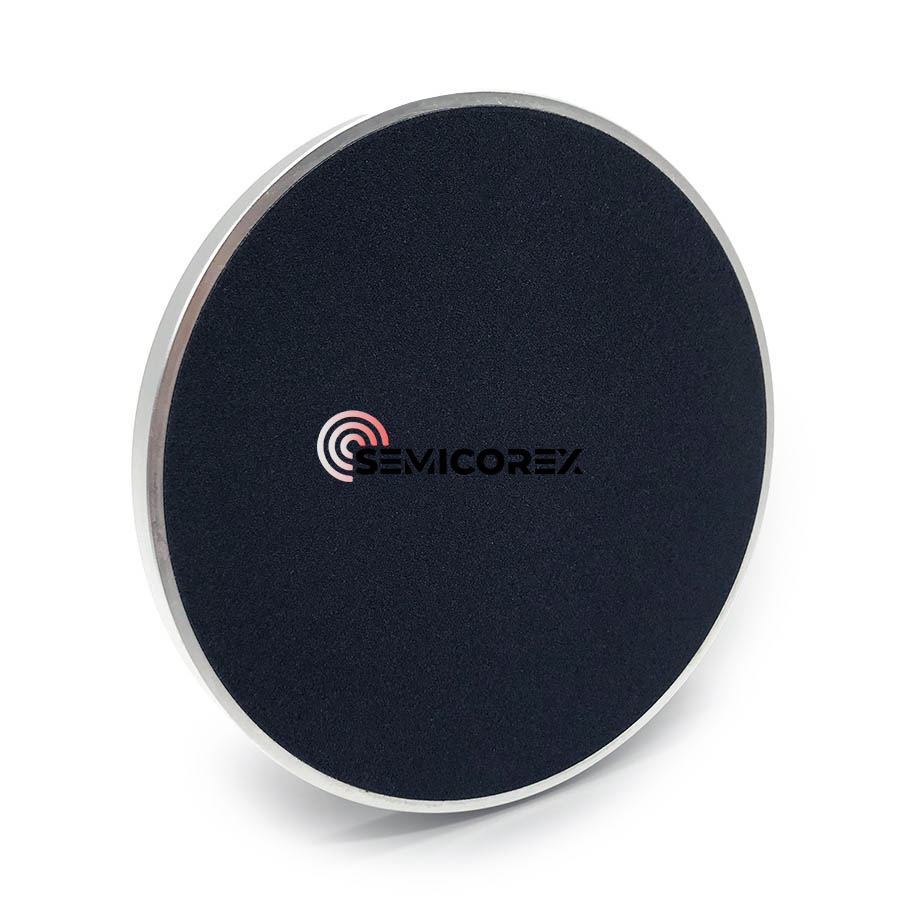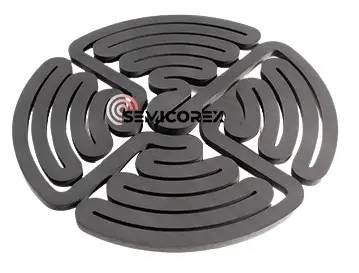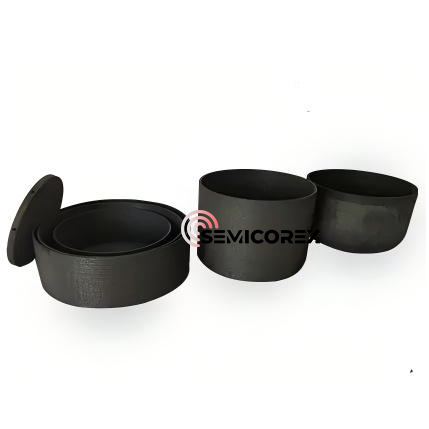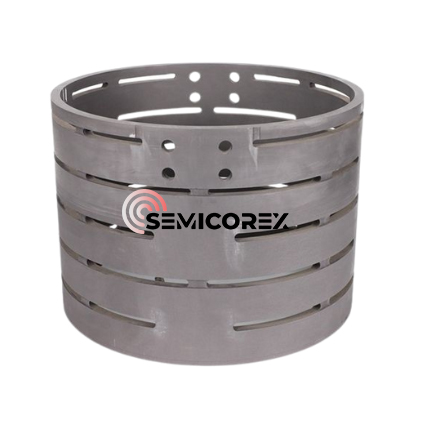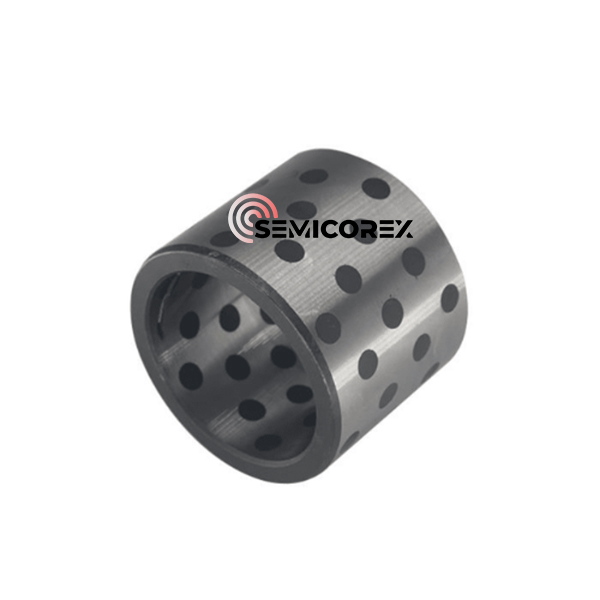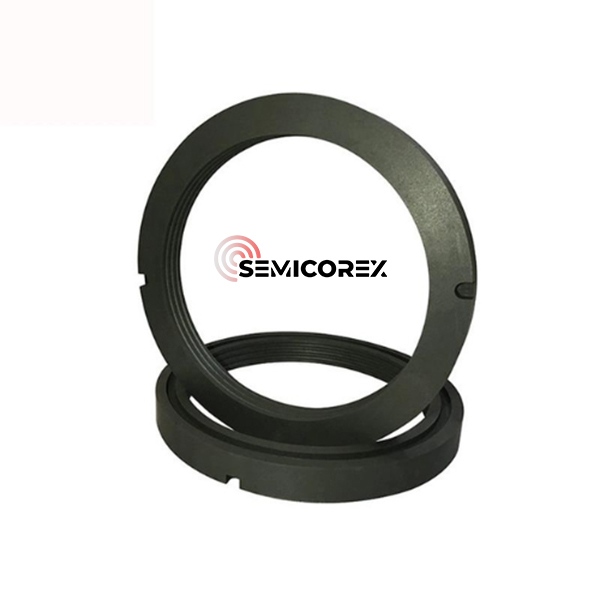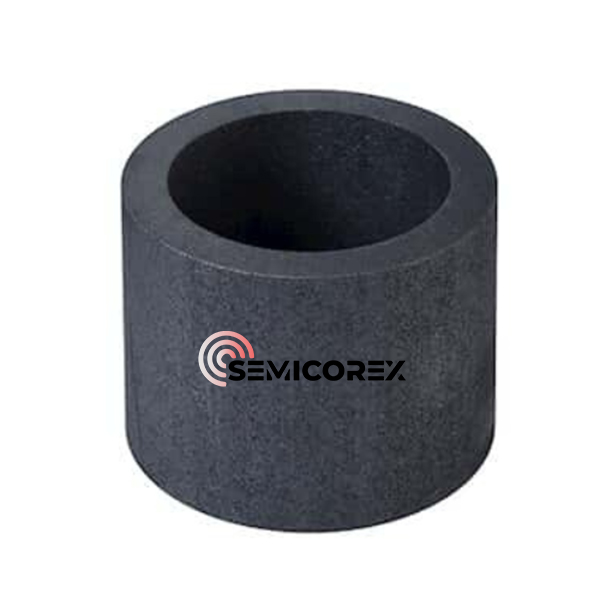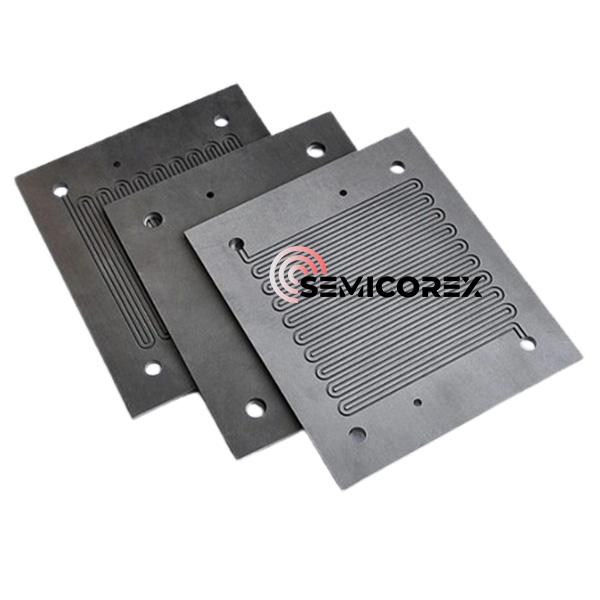
- English
- Español
- Português
- русский
- Français
- 日本語
- Deutsch
- tiếng Việt
- Italiano
- Nederlands
- ภาษาไทย
- Polski
- 한국어
- Svenska
- magyar
- Malay
- বাংলা ভাষার
- Dansk
- Suomi
- हिन्दी
- Pilipino
- Türkçe
- Gaeilge
- العربية
- Indonesia
- Norsk
- تمل
- český
- ελληνικά
- український
- Javanese
- فارسی
- தமிழ்
- తెలుగు
- नेपाली
- Burmese
- български
- ລາວ
- Latine
- Қазақша
- Euskal
- Azərbaycan
- Slovenský jazyk
- Македонски
- Lietuvos
- Eesti Keel
- Română
- Slovenski
- मराठी
- Srpski језик
China Isostatic grapayt Mga Manufacturer, Supplier, Factory
Carbon/graphite material molding essentially involves increasing the density of the powder mixture and ensuring close contact between the aggregate and binder to produce a green body with a desired size, morphology, and minimal machining allowance. The four main molding methods are extrusion, compression molding, vibration molding, and isostatic pressing. Common carbon/graphite materials on the market (for example, charcoal used for household fires) are mostly formed using hot extrusion and compression molding (cold or hot). Isostatic pressing offers superior molding performance.
The principle of isostatic pressing is based on Pascal's law: pressure applied to a medium (liquid or gas) in a sealed container is uniformly distributed in all directions, with the pressure on the surface being proportional to the surface area. Isostatic pressing involves placing a sample, enclosed in a sealed container, within a high-pressure cylinder. Leveraging the incompressible nature of the liquid medium and its ability to uniformly transmit pressure, the sample is uniformly pressed from all directions. When the fluid is injected into the cylinder, the pressure is evenly transmitted in all directions according to the principles of fluid mechanics. The sample in the cylinder is then subjected to uniform pressure in all directions.
Due to the isostatic pressing method, isostatically pressed graphite exhibits excellent isotropy, with properties independent of shape, size, or sampling direction. The material possesses a dense microstructure, high mechanical strength, high surface hardness, and oxidation resistance. Strong performance and high-temperature resistance; the material has excellent thermal shock resistance and is less susceptible to cracking under rapid cooling and heating conditions.
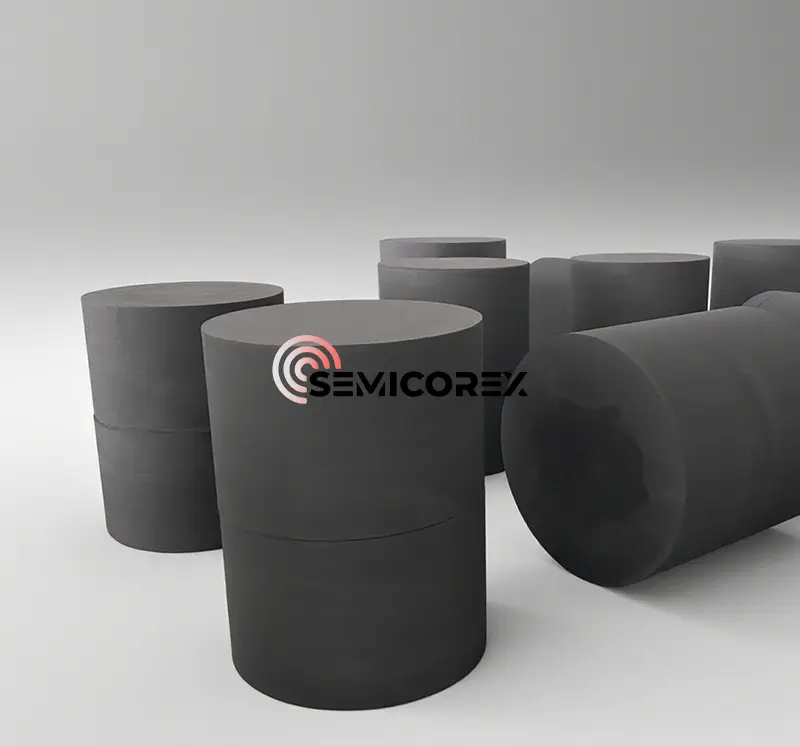
1. Isotropy
Different molding methods result in different properties in different directions. This is primarily reflected in resistivity, thermal conductivity, mechanical properties, and thermal expansion coefficient. The general measurement method is to sample the product perpendicular to and horizontally from the pressure surface, measure the properties separately, and then divide the smallest value by the largest value to obtain the isotropy ratio.
Traditional carbon/graphite products exhibit significant anisotropy, i.e., the properties of the product are different in the directions perpendicular to and horizontal to the pressure surface. The corresponding difference in performance is generally greater than 1:1.1, hence the term anisotropy. In many cases, this difference is fully exploited, and the greater the difference, the better. Examples include graphite electrodes for steelmaking and brushes for motors. Many applications, such as EDM and single-crystal silicon thermal field applications, increasingly require carbon/graphite products to exhibit isotropy (with an orientation ratio within the 1:1.05 range).
2. Large Dimensions
The market is increasingly demanding larger product sizes. For example, single-crystal silicon products have grown from 6- and 8-inch sizes to 12-inch sizes. The size of graphite materials used in thermal fields is also increasing. This is also increasing. Similar trends are seen in other related industries. Graphite for EDM, continuous casting, and nuclear reactors also requires large-scale products. This is difficult to achieve using molding and extrusion methods. The primary problem with large-scale product production is calcination cracking, and the larger the product, the higher the chance of calcination cracking.
3. Fine Structure
As a structural material, it requires high physical and chemical properties. On the one hand, the finer the particle size of the carbon particles that make up the carbon/graphite material, the denser its texture and the higher its mechanical strength.
Isostatically pressed graphite is widely used in semiconductor manufacturing processes. It is used in graphite components for the hot zone of single crystal growth furnaces, such as crucibles, heaters, flow guides, and insulation covers; and in graphite components used in epitaxial processes.
- View as
Graphite Heat Shield
Upang matiyak ang pagiging epektibo ng pagproseso sa malupit na kapaligiran, ang Semicorex Graphite Heat Shields ay ginawa gamit ang mga premium na graphite na materyales at cutting-edge na teknolohiya sa pagmamanupaktura.
Magbasa paMagpadala ng InquiryGraphite Heating Industrial Element
Ang Semicorex graphite heating industrial element ay isa sa pinakamahalagang bahagi ng high-temperature vacuum sintering furnaces. Ito ay mahalaga para sa iba't ibang mga thermal na proseso dahil sa kanilang mga sopistikadong materyal na katangian.
Magbasa paMagpadala ng InquiryGraphite Bushing
Ang Semicorex Graphite Bushing, na may mga natatanging katangian ng materyal at kakayahang umangkop, ay gumaganap ng isang kritikal na papel sa pagpapahusay ng pagganap at mahabang buhay ng mga mekanikal na sistema, na binibigyang-diin ang kahalagahan nito sa mga modernong proseso ng engineering at pagmamanupaktura.
Magbasa paMagpadala ng InquiryGraphite Ring
Ang kakayahan ng Semicorex Graphite Ring na makatiis sa matinding kundisyon at kadalian ng pag-install ay ginagawa silang isang kailangang-kailangan na bahagi sa mga industriya tulad ng hydraulics, pneumatics, at heat exchangers.
Magbasa paMagpadala ng InquiryHigh-purity Graphite Crucible
Ang mga aplikasyon ng Semicorex High-purity Graphite Crucible ay mula sa pagmamanupaktura ng semiconductor hanggang sa paghahagis ng metal at paggawa ng alahas, na naglalarawan ng kagalingan at pangangailangan nito.
Magbasa paMagpadala ng InquiryGraphite Bipolar Plate
Ang Semicorex Graphite Bipolar Plate ay isang kailangang-kailangan na bahagi sa mga modernong sistema ng enerhiya, na nag-aalok ng isang timpla ng superior electrical conductivity, thermal management, at mechanical strength. Itinatampok ng aplikasyon nito sa mga fuel cell ng PEM at mga flow batteries ang kritikal na papel nito sa pagsulong ng malinis na mga teknolohiya ng enerhiya.
Magbasa paMagpadala ng Inquiry
